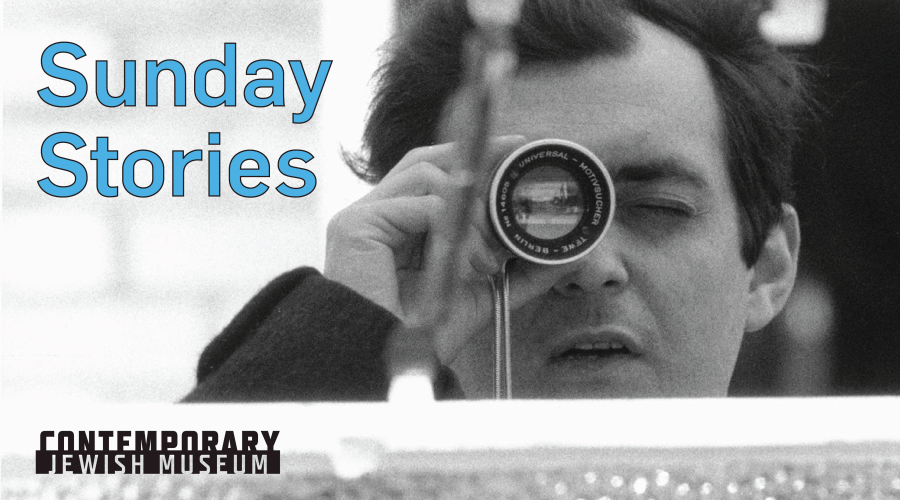
At the turn of the twentieth century, a young Jewish wallpaper designer by the name of Albert “Lew the Jew” Kurzman helped originate the symbols, style, and designs of American tattoo. With designs that captured the American zeitgeist, Kurzman’s mark on modern tattooing included creating the art’s visual vocabulary, known as flash. Join us for another installment of Sunday Stories as we travel from New York to San Francisco, from the gilded mansions of Fifth Avenue to the Fun Center at the Oakland Arcade, tracing Lew the Jew’s images as they set the stage for the tattoo of today.

The Contemporary Jewish Museum (The CJM) presents Sunday Stories, a series exploring riveting histories of Jewish figures of California and the West connecting to art, pop culture, and more. Sit back and enjoy recent installments of our popular series!

Unknown, Group inside of Charlie Wagner’s tattoo shop in the Bowery, c. 1910. Courtesy of Don Ed Hardy.
Lew the Jew and His Circle: Origins of American Tattoo (on view Jul 26, 2018–Jun 9, 2019) presented the work of “Lew the Jew,” born Albert Morton Kurzman (1880–1954), one of the most influential artists tattooing in NYC’s Bowery at the beginning of the twentieth century. The exhibition included previously unpublished and rare original tattoo artwork, photos, and correspondence between Lew and San Francisco tattooers “Brooklyn Joe” Lieber and C. J. ”Pop” Eddy.